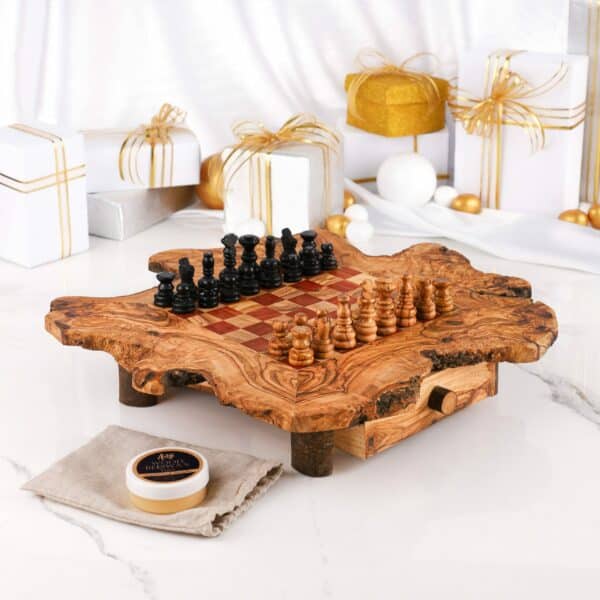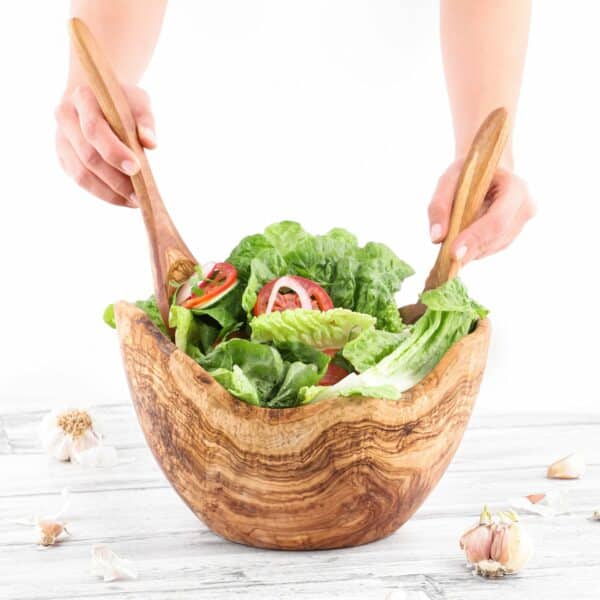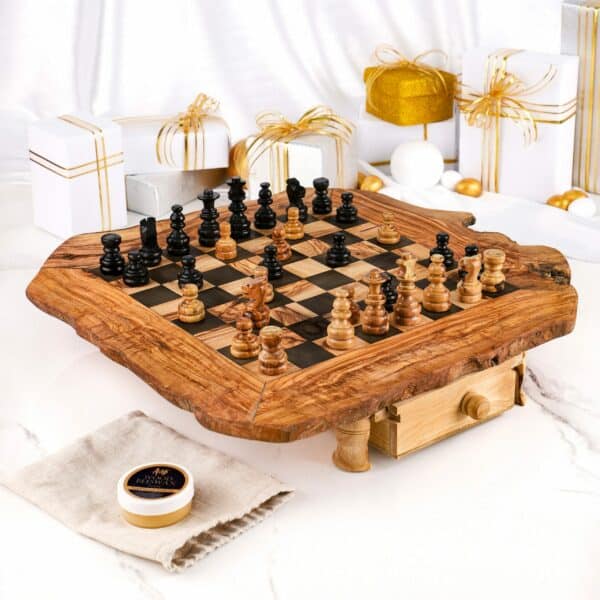
The Nostalgic Allure of Palm Leaves
From the heart of Tunisia emanates the nostalgic scent of palm leaves, drawing one into a tale steeped in artistry and tradition. While many admire the intricate works crafted from these leaves, few are aware of the rich history associated with them, especially in the regions of Gabes and the Nefzaoua in the governorate of Kébili.
A Tradition in Decline
The art of crafting objects from palm leaves, known as ‘sa’f’, has deep roots in the history of these regions. This practice, ancient and esteemed, stood resilient even as modern alternatives like plastic goods began to dominate. Both Gabes and Kébili, along with other oasis areas such as Djérid, were once bustling centers for this craft. However, its prominence began to recede over time, with only a few elderly craftsmen and craftswomen left to uphold its torch in Nefzaoua. They’re the guardians of a legacy, once indispensable in every household but now overshadowed by the allure of modern conveniences.
The Nuances of the Craft
The very palm leaves, or ‘sa’f’, serving as the primary material for this craft come in various qualities, even from the same tree. The heart of the palm is especially sought after, while its drier, tougher leaves are often overlooked. The diverse nature of these leaves offers a unique canvas for the artisan’s touch.
From Leaf to Legacy
Every crafted piece requires meticulous preparation. The leaves undergo several stages, from drying and storage to dyeing and soaking. This preparation is crucial, for any haste can lead to a compromised quality of the final product. Moreover, there’s a gendered division of labor. Men traditionally focus on weaving, while women, with their precision, handle the sewing. This distinction doesn’t deter women from venturing into tasks typically reserved for men.
A Glimpse into Artisanal Products
These artisans, primarily from rural areas, work not from designated workshops but from their homes, turning them into artistic hubs during their free hours. Whether crafting everyday tools or household utensils, each piece stands testament to their dedication. Among the myriad of products made using the sewing technique are plates, lids, and ‘rounia’. The ‘rounia’, versatile in use, stands out for transporting and storing goods. Products from the ‘seff’ weaving technique are diverse, ranging from mats and prayer carpets to baskets and hats.
Preserving a Timeless Craft
This art, with its vast array of products, remains emblematic of Tunisia’s cultural heritage. It reflects a perfect blend of skill, tradition, and innovation, especially from regions like Gabes and Kébili. Researchers and specialized institutions are urged to delve deeper to preserve both its tangible and intangible wealth. This is not just about a craft – it’s about safeguarding the soul of a community and a rich cultural legacy.






